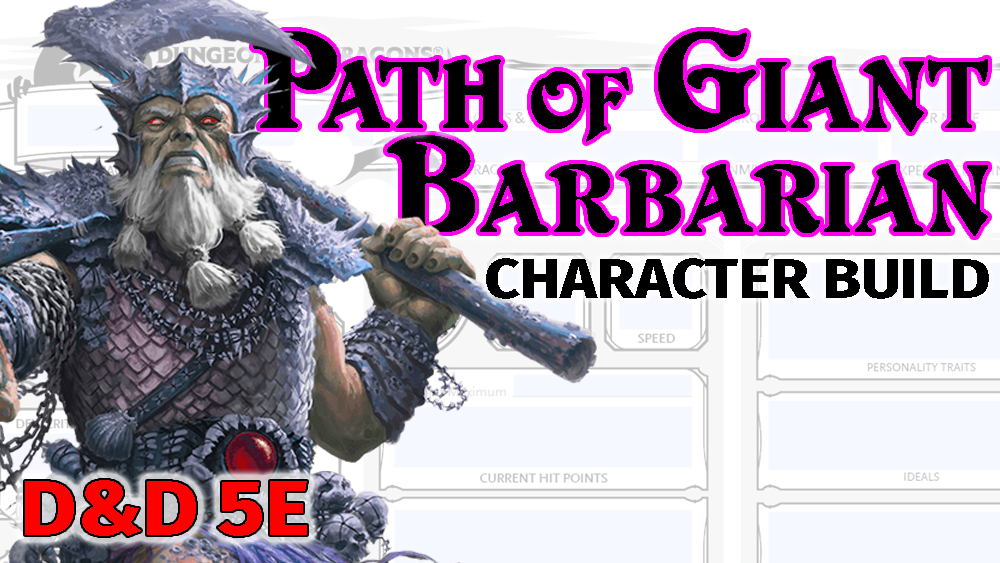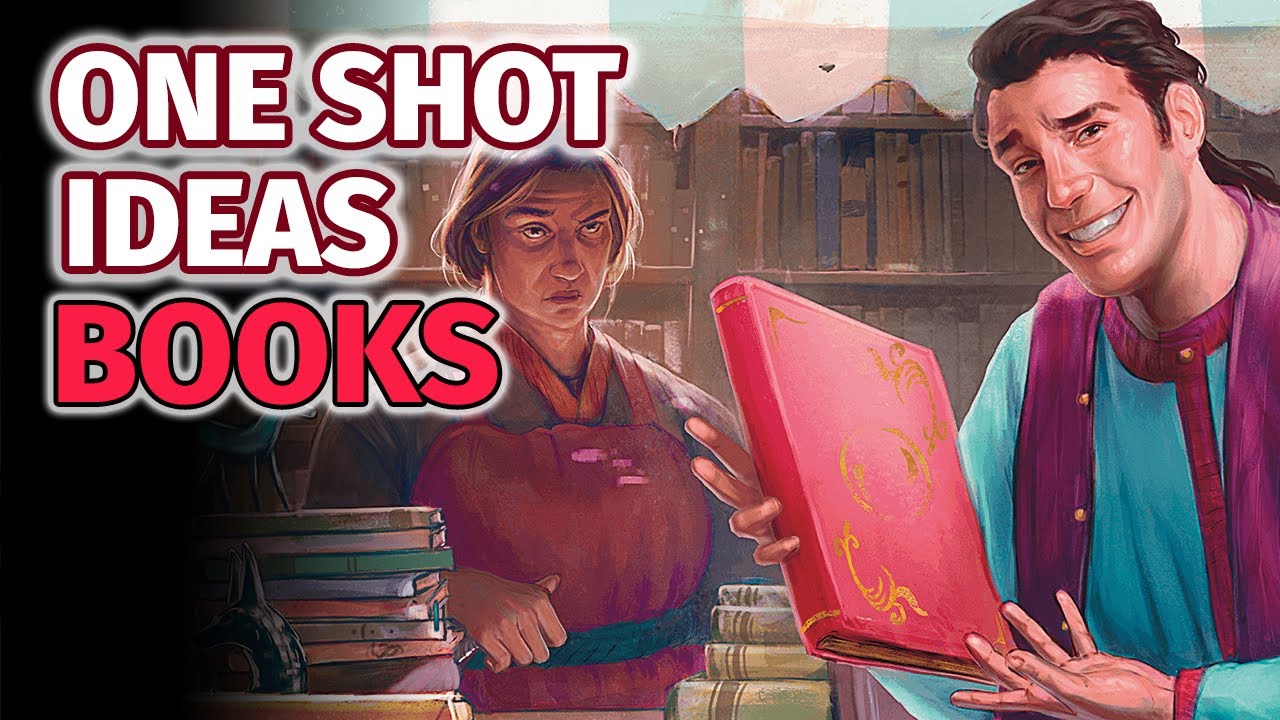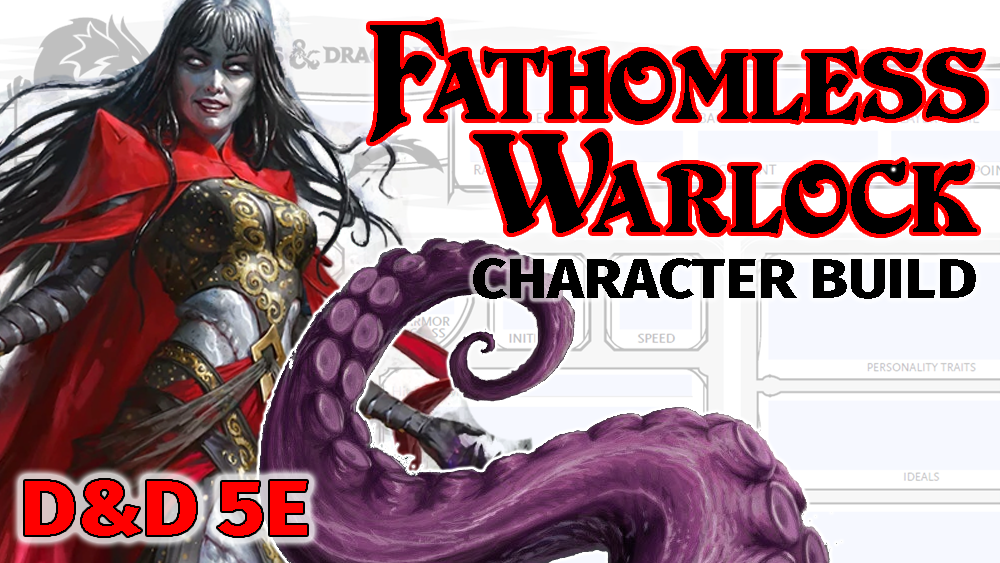In 2018, I played my first Dungeons & Dragons 5th Edition character in a game. Ulfgar Brazzik. Ulfgar was an 8th level Dwarven Shadow Sorcerer. I wanted to build around a backstory of Ulfgar using his axe in combat and supplementing combat with his reaction spells such as Absorb Elements and Shield. Since then, I have learned a lot about the game and while Ulfgar has a fond place in my memories, his travels as a Shadow Sorcerer are now in the past. The tactical and mechanics idea for this character can now be found in my Battle Mage, Belrich Darkward. A multiclass Battle Master Fighter 5 / Shadow Sorcerer 5.
And yet, while I really enjoy playing Belrich at higher levels, I find myself compelled to wanting to play a bit more of a brooding character. A product of the dark shadows that focuses on installing fear in opponents and setting up combat advantages by utilizing the Hound of Ill-Omen, an ability obtained by Shadow Sorcerers at level 6. While I still wish to multiclass to ensure that I have access to all of the fear and advantages I want my character to possess, we will still focus primarily on the Shadow Magic Sorcerer.
The Fear Sorlock D&D 5E Shadow Sorcerer Build
Our Goals of this Build are to:
- Use fear effects to instill the frightened condition
- Explore the bond between sorcerer and Hound of Ill-Omen
- Multiclass into Warlock for Armor, Eldritch Blast, Hex and Cause Fear
- Provide a well rounded, powerful sorcerer
The best levels to play this character are Level 2, level 4, level 7, and level 9.
Level 10 Sorlock – Fear Shadow Sorcerer Build (Sorcerer 8 / Warlock 2)
Frightened Condition
- A frightened creature has disadvantage on ability checks and attack rolls while the source of its fear is within line of sight.
- The creature can’t willingly move closer to the source of its fear.
Level 1 Setup
It’s a bit weird to me to create a Sorcerer, but we start level 1 as a Warlock. I’ve run the numbers and all of the possible outcomes and truly believe this is the best route to go. With that in mind, after Warlock level 1, we will be taking the next 6 levels in Sorcerer so we can get to our Hound of Ill-Omen. I believe this level of Warlock is vital in survivability of the character along with the power of the spells that we will be able to obtain.
The glaring drawback of multiclassing, of course, is waiting an extra level to get our ASI or Feat and access to our level 3 spells. The benefits are more in our favor and will provide access to on-theme spells, a powerful cantrip in Eldritch Blast, an extra first level spell slot, and the green light to wear leather armor. We also benefit from both the Sorcerer and Warlock using Charisma as their prime requisite.
Using the point buy system to generate our Ability Scores, we will assign them as follows:
STR: 8
DEX: 14 (13 +1 modifier)
CON: 14
INT: 10
WIS: 12
CHA: 17 (15 +2 modifier)
With our proficiencies, we are able to wear light armor. Using our starting gold for Studded Leather Armor plus our dexterity bonus will give us a career-long Armor Class of 14. Not the best, but at least we do not need to worry about Mage Armor. For skill proficiencies we only get to pick two as a first level Warlock, and since we are using Fear as a theme for this character, Intimidation and Deception are ideal.
The Criminal/Spy background will fall into place nicely giving us proficiency in Thieves Tools and Stealth. Since we already chose Deception with our class proficiency, we can select one more skill from the list and that should be Acrobatics. It’s always good, in my opinion, to be proficient in either Athletics or Acrobatics for hazardous environments or tricky terrain.
The Path of Fear – Aasimar
With our shadow sorcerer we want the ability to be able to instill fear into our opponents. Looking back at the original concept of this character, I took him into a game at level 7 and found that I had too much of a good thing. My level 3 spell, Fear, was never used and it ended up being a wasted spell selection. With this in mind, we will look to our first level spells, our Pact, and our race to provide us with the main inspiration of the character and saving those higher level spell slots for more power and utility.
The Aasimar provides us with a handful of useful goodies throughout our adventuring career and is quickly becoming one of my favorite races to play. Right out of the gate we get access to the Light cantrip and resistance to Necrotic and Radiant damage, a true blessing. We also have a tiny bit of healing magic with our Healing Hands ability.
As an action, you can touch a creature and roll a number of d4s equal to your proficiency bonus. The creature regains a number of hit points equal to the total rolled. Once you use this trait, you can’t use it again until you finish a long rest.
However, our main reason for selecting the Aasimar is for the level 3 ability, Celestial Revelation. While we have three choices to choose from, we will be selecting the Necrotic Shroud as it will provide one of our resources for inducing the frightened condition.
When you reach 3rd level you can you can use a bonus action to unleash the celestial energy within yourself, gaining the benefits of your revelation. Your transformation lasts for 1 minute or until you end it as a bonus action. Once you transform using your revelation, you can’t use it again until you finish a long rest:
Necrotic Shroud. Your eyes briefly become pools of darkness, and ghostly, flightless wings sprout from your back temporarily. Creatures other than your allies within 10 feet of you that can see you must succeed on a Charisma saving throw (DC 8 + your proficiency bonus + your Charisma modifier) or become frightened of you until the end of your next turn. Until the transformation ends, once on each of your turns, you can deal extra necrotic damage to one target when you deal damage to it with an attack or a spell. The extra damage equals your proficiency bonus.
With our daily use of Necrotic Shroud, we can attempt to frighten opponents for a turn giving them disadvantage on attack roles and keeping them away from us, and we get additional necrotic damage once per turn on our Eldritch Blasts. At level 3, that is an additional 2 points of necrotic damage.
There are a number of different races that would work well with a Shadow Sorcerer, especially given the fact that level one shadow magic gives a character 120′ darkvision. However, the Aasimar and Necrotic shroud, along with resistances and some healing, provide the optimal choice for this type of build. In my humble opinion, of course.
Undead Warlock – Form of Dread
While we are planning for the future by selecting the Aasimar for its 3rd level Fear ability, we need to refocus on the present and select the Undead Warlock as our Pact for level 1. Our patron for our warlock could be some type of powerful entity from the shadowfell or an undead that has taken interest in us, the choice is up to you and a discussion with your DM. For me, I will be contemplating a powerful Lich or an undead haunting spirit as my patron of choice.
Regardless, with Undead Warlock, we gain access to a very powerful 1st level ability: Form of Dread.
Form of Dread. You manifest an aspect of your patron’s dreadful power. As a bonus action, you transform for 1 minute. You gain the following benefits while transformed:
- You gain temporary hit points equal to 1d10 + your warlock level.
- Once during each of your turns, when you hit a creature with an attack roll, you can force it to make a Wisdom saving throw, and if the saving throw fails, the target is frightened of you until the end of your next turn.
- You are immune to the frightened condition.
- You can transform a number of times equal to your proficiency bonus, and you regain all expended uses when you finish a long rest.
The appearance of your Form of Dread reflects some aspect of your patron. For example, your form could be a shroud of shadows forming the crown and robes of your lich patron, or your body might glow with glyphs from ancient funerary rites and be surrounded by desert winds, suggesting your mummy patron.
Our Form of Dread not only allows us to instill fear but also to become immune to fear as well. Without this, it would be a bit silly for a character who focuses on a fearful presence to also be subject to fear or being frightened. Now, our character can still be frightened, but activating our Form of Dread will quickly cancel that out.
While this form is active we can also cause fear on a creature we hit with an attack roll (and a failed saving throw). This will primarily be triggered by our Eldritch Blast cantrip, our main attack spell. At higher levels we get multiple Eldritch Blasts per turn, so if we miss on the first, we can still try to trigger fear on the second (or third) attempt.
Fear is our Theme
As a level one warlock we will also choose Cause Fear and Hex for our spells, as outlined in the Spell Selection portion of this article below. But of course, concentrating on our theme of instilling fear in the minds of our enemies, Cause Fear will be our go-to option. This is also a spell that is scalable, allowing us to get multiple targets in exchange for higher level spell slots.
Cause Fear. You awaken the sense of mortality in one creature you can see within range. A construct or an undead is immune to this effect. The target must succeed on a Wisdom saving throw or become frightened of you until the spell ends. The frightened target can repeat the saving throw at the end of each of its turns, ending the effect on itself on a success.
At Higher Levels. When you cast this spell using a spell slot of 2nd level or higher, you can target one additional creature for each slot level above 1st. The creatures must be within 30 feet of each other when you target them.
Combat
Round one of combat will be setting up our sorcerer to blast the biggest target in the room. Subsequent rounds will be pummeling them with Eldritch Blasts while our Hound of Ill-Omen chomps on them.
Bonus Action: Hound of Ill-Omen.
Action: Eldritch Blast
Bonus Action: Hound of Ill-Omen
Spell Selection
Cantrips
Eldritch Blast. Our bread and butter. On a ranged spell attack this spell will do 1d10 force damage on a hit. The evolution of our Eldritch Blast gets better as we level, regardless on whether or not we are multiclassing. We get two attacks at level 5, three at level 11 and four at level 17. After SORCERER 6 / WARLOCK 1, we can take two more levels of Warlock and enhance our Eldritch Blast with Invocations as outlined above.
Toll the Dead. A Saving Throw based attack cantrip. If we find ourselves in melee combat, we will want to use this if we cannot safely disengage or Misty Step away.
Light (from Aasimar). Sure we have darkvision, but this spell still has plenty of uses.
Mind Sliver (Sorcerer). Target takes 1d6 psychic damage on a failed Intelligence saving throw. In addition, subtract 1d4 from their next saving throw it makes before the end of your next turn. As previously mentioned, we can use the Quicken metamagic to cast Mind Sliver and follow it up with our action to cast a spell like Cause Fear or the Earthen Grasp.
You drive a disorienting spike of psychic energy into the mind of one creature you can see within range. The target must succeed on an Intelligence saving throw or take 1d6 psychic damage and subtract 1d4 from the next saving throw it makes before the end of your next turn.
Mage Hand (Sorcerer). One of the best utility spells to ensure that we don’t touch or lift dangerous things.
Message (Sorcerer). Secret messages need to be whispered. Communication is key.
Minor Illusion (Sorcerer). We pride ourselves on the embodiment of fear. I’m sure we can come up with some scary illusions with this cantrip.
Prestidigitation (Sorcerer). Pure utility here.
Absorb Elements (Sorcerer). We are here to Eldritch Blast and cause Fear. Our reaction is used to protect us from fire, cold, and other harmful spells or effects.
Shield (Sorcerer). Protecting our fragile hit point total is key. Reactions are vital for our survival.
Feather Fall (Sorcerer). It’s better to have Feather Fall and not use it than to not have Feather Fall and need it.
Maximillian’s Earthen Grasp.
Mirror Image.
Fireball.
Your innate magic comes from the Shadowfell. You might trace your lineage to an entity from that place, or perhaps you were exposed to its fell energy and transformed in some fundamental manner.
The power of shadow magic casts a strange pall over your physical presence. The spark of life that sustains you is muffled, as if it struggles to remain viable against the dark energy that imbues your soul. At your option, you can pick from or roll on the following table to create a unique quirk for your character.



